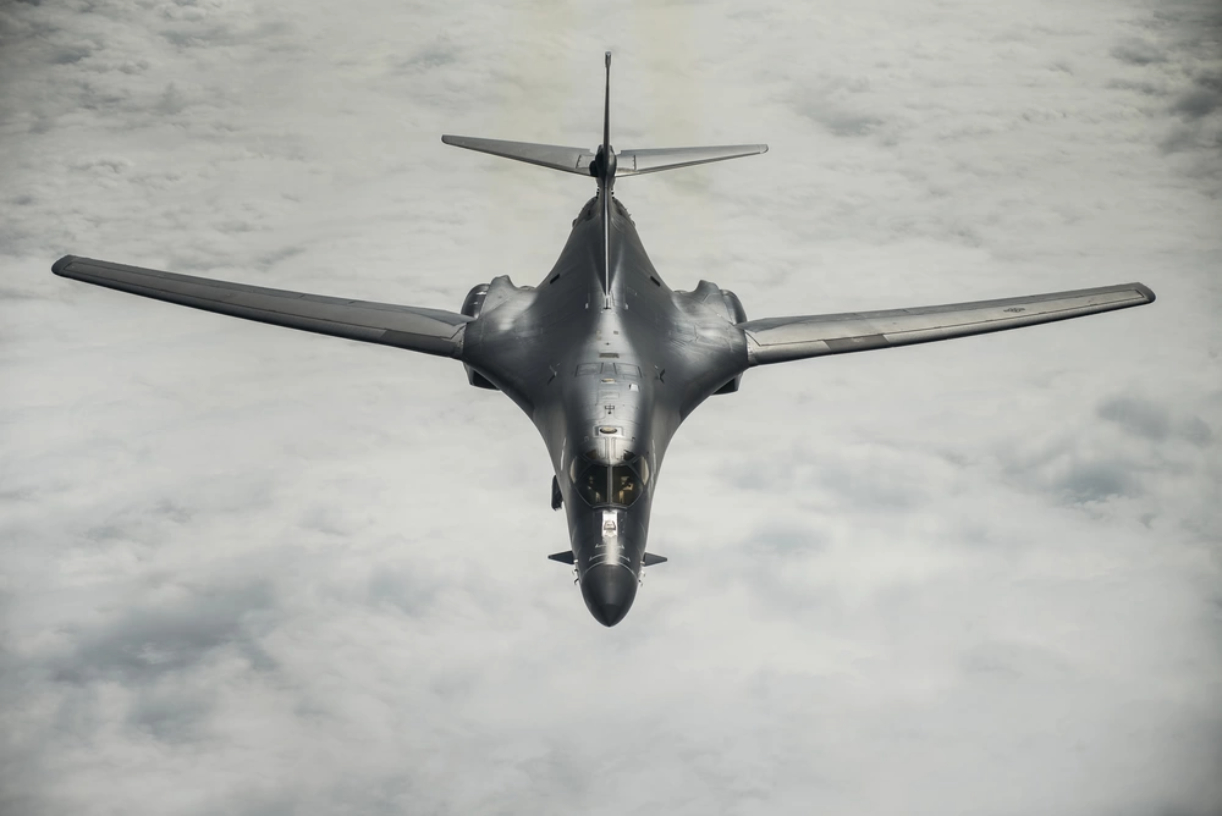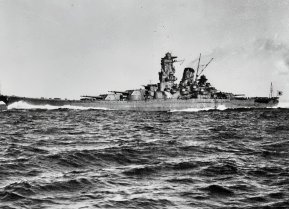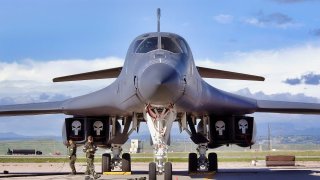B-1B Lancer Bombers are Headed to Train for War on Russia's Doorstep
The U.S. Air Force's B-1B Lancer bombers from the 28th Bomb Wing at Ellsworth AFB, South Dakota, are headed for joint exercises with the Swedish Air Force in Sweden, marking a significant step in military cooperation ahead of Sweden's anticipated NATO membership.
Summary: The U.S. Air Force's B-1B Lancer bombers from the 28th Bomb Wing at Ellsworth AFB, South Dakota, are headed for joint exercises with the Swedish Air Force in Sweden, marking a significant step in military cooperation ahead of Sweden's anticipated NATO membership. These exercises, part of Bomber Task Force 24-2 named Vanguard Adler, aimed to enhance interoperability with Swedish JAS 39 Gripen fighters in the Arctic and Baltic regions. This collaboration underscores the U.S.'s commitment to collective defense and deterrence in strategic areas. The B-1B Lancers, known for their flexibility and long-range capabilities, continue to play a vital role in global U.S. military operations.
B-1B Lancer Bombers Showcase Global Reach in Sweden Exercise
Watch Out Russia – B-1B Lancers Operating From Sweden - The United States Air Force's B-1B Lancer long-range bombers assigned to the 28th Bomb Wing at Ellsworth Air Force Base (AFB), South Dakota, have traveled halfway around the world to train with units from the soon-to-be NATO member Sweden. Two Lancers – which were deployed last week – launched from their deployed location at Luleå-Kallax Air Base, Sweden, to train alongside Swedish Air Force aircraft on Monday.
The mission, dubbed Vanguard Adler, was conducted as part of Bomber Task Force 24-2 and designed to integrate the U.S. bombers with Swedish JAS 39 Gripen fighters and joint terminal attack controllers operating in the Arctic and Baltic regions, the Air Force announced.
The recent exercise included surface attack, air interdiction, and close air support scenarios, all aimed at building partnerships and increasing readiness.
"This timely opportunity for our crews to exercise our collective defense capabilities with our Swedish partners, soon to be NATO allies, in the Artic region is incredible," said Lt. Col. Benjamin Jamison, 37th Bomb Squadron director of operations and BTF 24-2 lead. "It demonstrates our ironclad commitment to our partners and allies, demonstrates our expansive reach, and sends a strong deterrent message to potential adversaries.
B-1s on the Move
The B-1B Lancers from Ellsworth AFB have already had a busy year. Following a crash of a Lancer from the 28th Bomb Wing in early January, the bombers were forced to relocate to Dyess AFB, Texas, to continue training and operations.
Operating from Dyess, on February 2, the bombers took part in a nonstop CONUS-to-CONUS sortie to strike Iranian-aligned groups in Iraq and Syria in response to a January 28 drone attack at a U.S. Army outpost in Jordan that killed three reservists and injured at least 47 others. The air strikes employed more than 125 precision munitions.
B-1s from Dyess were also deployed to Singapore for joint exercises with the Republic of Singapore Air Force and the Japan Air Self-Defense Force.
The Unstoppable B-1B Lancer
The B-1B supersonic bomber first entered service in the mid-1980s. It continues to be used to support the U.S. bomber presence in the Asia-Pacific region and to conduct close air support missions in U.S. operations around the world. Since the end of the Cold War, it does not carry nuclear weapons.

The B-1B has a blended wing body configuration, with a variable-sweep wing, four turbofan engines, triangular ride-control fins, and a cruciform tail. The wings can sweep from 15 to 67.5 degrees (full forward to full sweep). Forward-swept wing settings are used for takeoff, landings, and high-altitude economical cruise. Aft-swept wing settings are used in high subsonic and supersonic flight.
A total of 104 were originally built, yet fewer than 60 remain in service today. The bombers are stationed at Dyess AFB, Texas, and Ellsworth AFB.
Author Experience and Expertise: Peter Suciu
Peter Suciu is a Michigan-based writer. He has contributed to more than four dozen magazines, newspapers, and websites with over 3,200 published pieces over a twenty-year career in journalism. He regularly writes about military hardware, firearms history, cybersecurity, politics, and international affairs. Peter is also a Contributing Writer for Forbes and Clearance Jobs. You can follow him on Twitter: @PeterSuciu. You can email the author: [email protected].


